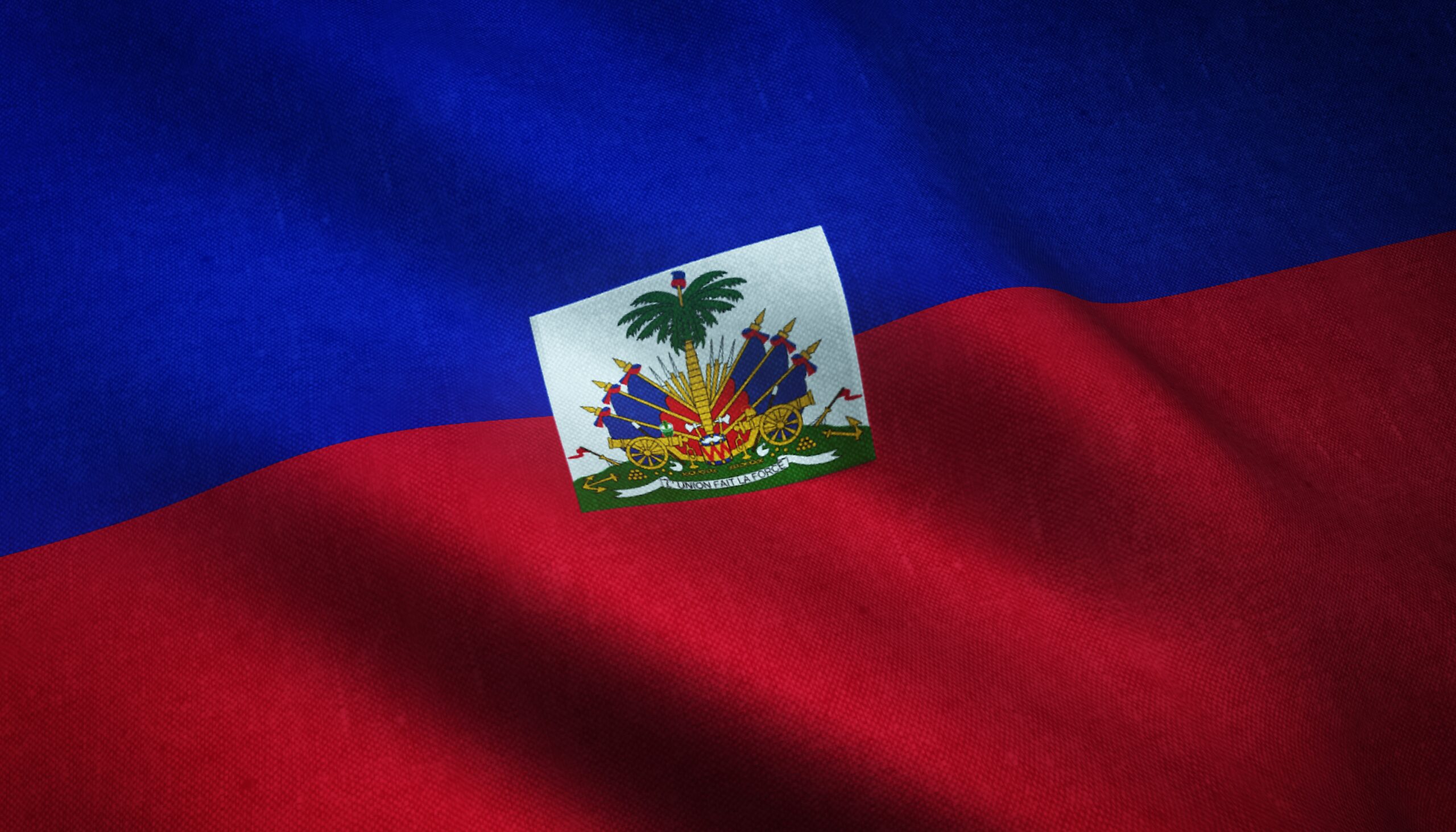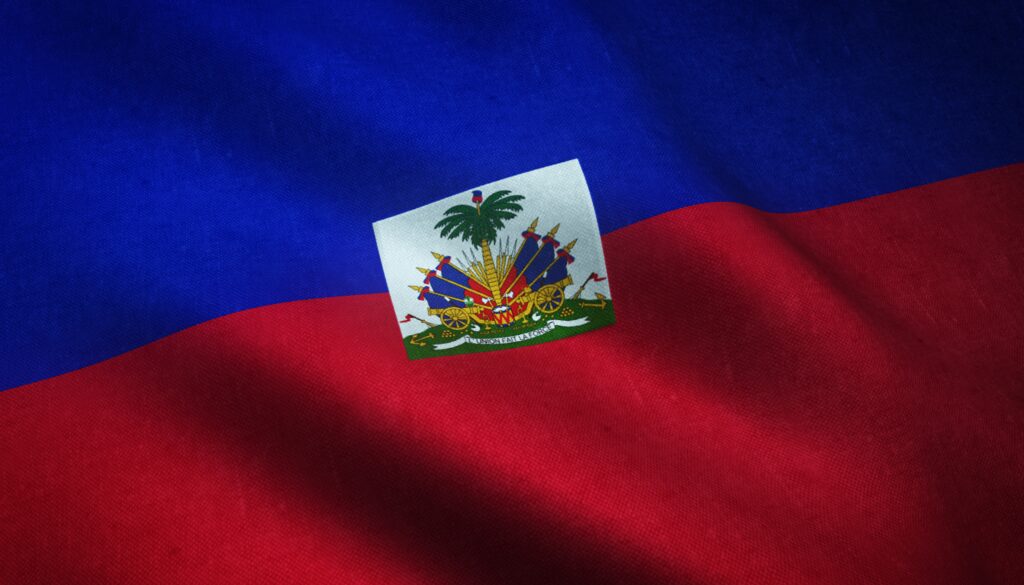

This May 18, Haitians around the world will celebrate Flag Day—marking the 222nd anniversary of the moment Haitians declared to the world that red and blue stand for unity, resilience, and liberty.

The Haitian flag was born on May 18, 1803, during the Congress of Arcahaie—a pivotal meeting of revolutionary leaders fighting to end French colonial rule. According to historians, Jean-Jacques Dessalines tore the white stripe from the French tricolor, rejecting colonial oppression.
His goddaughter, Catherine Flon, stitched together the blue and red bands to symbolize the unity of Black and mixed-race Haitians in their shared vision for freedom. The first revolutionary flag bore the motto: “Liberté ou la Mort” (Liberty or Death).
This defining act did more than create a flag—it laid the foundation for the world’s first Black republic and the first nation to abolish slavery. (Haiti Wonderland, islandoriginsmag.com)
Throughout Haiti’s political history, different regimes altered the national flag multiple times before reinstating the version most of us know today in 1986. (Haiti Culture)









The different Haitian national flags from 1803 to 1986. Images by Haiti Culture.
After the Battle of Vertières (Nov. 18, 1803), the French surrendered. On January 1, 1804, Haiti declared independence. The colors were arranged horizontally, forming the first official national flag. The 1843 Constitution later confirmed this version.
1805 – Empire Flag
On May 20, 1805, Dessalines (now Emperor Jacques I) changed the flag to black and red, vertically aligned. These colors symbolized “Liberty” (red) and “Death” (black).
After Dessalines’ assassination on October 17, 1806, Haiti was split: the North was ruled by Henri Christophe, and the South and West by Alexandre Pétion. Pétion restored the blue and red horizontal flag and added a white square with the coat of arms and the motto “L’Union fait la force” (Unity Makes Strength). This flag flew over the National Palace for 158 years, until 1964.
Henri Christophe proclaimed himself King Henri I on March 28, 1811. He modified the imperial flag: black and red, with red near the flagpole and a coat of arms featuring a phoenix rising from ashes with the Latin motto “Ex cinerebus nascitur” (“From ashes, I rise”). His kingdom ended in 1818, when Pétion’s forces took over but kept the same flag.
On February 9, 1822, Jean-Pierre Boyer annexed the Spanish part of the island (now the Dominican Republic), which had just declared independence as “Republica del Haiti Español”. The Dominican side initially raised the flag of Gran Colombia, but Boyer dissolved the republic shortly after.
After a failed attempt to restore the black and red flag in 1844, Faustin Soulouque was elected president in 1847. He declared himself Emperor Faustin I in 1849. His empire used the blue and red flag but replaced the national coat of arms with a personal imperial shield. His rule ended in 1859, and the original coat of arms was restored.
François “Papa Doc” Duvalier, elected in 1957, centralized power and established a dictatorship. A new constitution in 1964 brought back the black and red flag as an official symbol of his regime. The Republican coat of arms was retained. After his death in 1971, his son Jean-Claude “Baby Doc” succeeded him. A popular uprising forced him into exile in 1986.
On February 17, 1986, 10 days after Baby Doc’s departure, the nation reinstated the blue and red horizontal flag. It was officially ratified on March 29, 1987, with the adoption of a new democratic constitution.
Haiti’s current coat of arms—introduced in 1806 during Alexandre Pétion’s ruling—is composed of several symbolic elements. (Haiti Wonderland)
Flag Day is more than a historical commemoration; it’s a vibrant expression of cultural pride and identity. While many of us will take on the day to attend celebrations, May 18 – Haitian Flag Day – invites us into a moment of collective reflection. It is a time to ask ourselves:
Every time we wave our flag, we salute its history and its promise for hope. Like the phoenix on King Henri Christophe’s imperial crest—a bird rising from ashes—it’s time to think about how Haiti’s story can be one of rebirth, reinvention, and resistance.
This Flag Day, let us rise not only to celebrate but to act, to build, and to shine light on the strength that has always defined us: unity.

